5 Tips to Achieve a Tan on a Cloudy Day
Many people assume that you can only get a tan when the sun is bright and shining. But the truth is, you can tan while it’s cloudy. Even on overcast days, UV rays from the sun are still reaching your skin. In fact, studies show that up to 80% of UV radiation can penetrate through clouds depending on their thickness and type. That means you can still develop a tan even if the sky is grey, hazy, or partly covered.
You might be wondering, “can you tan when it’s hazy?” or “do you tan when it’s cloudy?” The answer is yes. Clouds and haze may reduce the intensity of sunlight, but they do not block UV rays completely. This makes tanning on a cloudy day not only possible but also a gentle way to get a gradual, even tan without the harsh intensity of direct sun.In this guide, we’ll explore the science behind cloudy-day tanning and share five actionable tips to help you tan safely and effectively, even when the sun is hiding.
Understanding UV Rays and Cloud Cover

- UV rays, which are responsible for tanning, can travel through clouds, haze, and even some light fog. Thin or scattered clouds may even reflect UV rays, increasing your exposure in certain situations. That’s why tanning is possible even when the sky doesn’t look particularly sunny.
- Different cloud types affect UV penetration differently:
- Thick, heavy clouds block more UV, slowing the tanning process.
- Thin or scattered clouds allow more UV rays through, which can lead to a slow but steady tan.
- UV rays are invisible, so even if it feels cool or shaded, your skin may still be absorbing radiation.
- This explains why can you tan when it’s cloudy and windy is a valid question—wind does not reduce UV exposure. You can still get a tan even if the day feels cool or breezy
Common Myths About Tanning in Cloudy Weather
There are many misconceptions about tanning when the sun isn’t shining:

- Myth: “If it’s cloudy, I won’t get a tan.”
Reality: Clouds do not fully block UV radiation. You can still tan even under overcast skies. - Myth: “No warmth means no UV, so it’s safe to skip sunscreen.”
Reality: UV rays penetrate clouds and haze, so your skin can still burn or suffer damage. - Myth: “I can’t tan when it’s windy or hazy.”
Reality: Wind and haze don’t block UV rays. You can still develop a tan on a day that feels cool, cloudy, or slightly windy.
Understanding these myths helps you plan tanning on a cloudy day safely while still enjoying gradual results
Why Cloudy-Day Tanning Can Be Effective
Tanning on a cloudy day can actually have some benefits:
- Gentler UV exposure: The reduced intensity of UV rays means you are less likely to burn quickly, making it easier to achieve a slow, even tan.
- Gradual color: Since UV exposure is milder, your skin gradually builds melanin, the pigment responsible for tanning, resulting in a natural glow.
- Safer approach: A slow, consistent tan reduces the risk of overexposure compared to bright, direct sunlight.
Cloudy-day tanning allows you to enjoy a sun-kissed look while maintaining better control over your skin health.
5 Tips a Tan on a Cloudy Day
- Choose the Right Time of Day
- Use a Tanning Accelerator or Oil
- Don’t Forget Sunscreen
- Position Yourself Smartly
- Hydrate and Moisturize
Tip 1 – Choose the Right Time of Day
Even on cloudy days, timing matters. UV radiation fluctuates throughout the day, and knowing the best hours to expose your skin can make a difference in your tan
Even on cloudy days, timing matters. UV radiation fluctuates throughout the day, and knowing the best hours to expose your skin can make a difference in your tan.
Peak UV Hours You Should Target
The sun’s rays are generally strongest between 10 a.m. and 4 p.m., which are the most effective hours for tanning. On cloudy days, UV intensity may be lower, but the pattern still applies. Short sessions during peak UV hours can help you build a tan safely without overexposure
Using a UV Index App for Better Timing
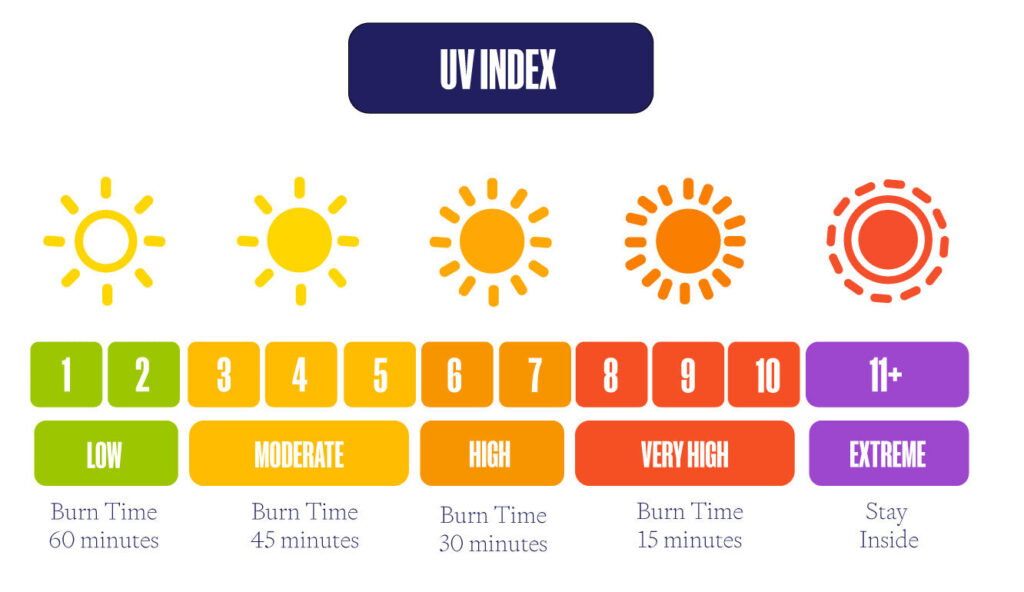
Checking the UV index in your area is a smart way to plan your tanning sessions. Moderate UV levels are ideal for gradual tanning. Very low levels may slow the process too much, while very high levels increase the risk of burns. Using this tool ensures that your skin gets enough exposure without being overexposed.
How Morning and Afternoon Sun Differ
- Morning (before 10 a.m.): UV is weaker, suitable for short sessions.
- Midday (10 a.m.–2 p.m.): UV peaks, ideal for tanning efficiently but with caution.
- Afternoon (after 2 p.m.): UV starts to decline, still effective for a gradual tan.
Even on cloudy days, these patterns help you plan the safest and most effective tanning times
Tip 2 – Use a Tanning Accelerator or Oil
Using a tanning oil or accelerator can help your skin develop color faster, even when UV exposure is mild.
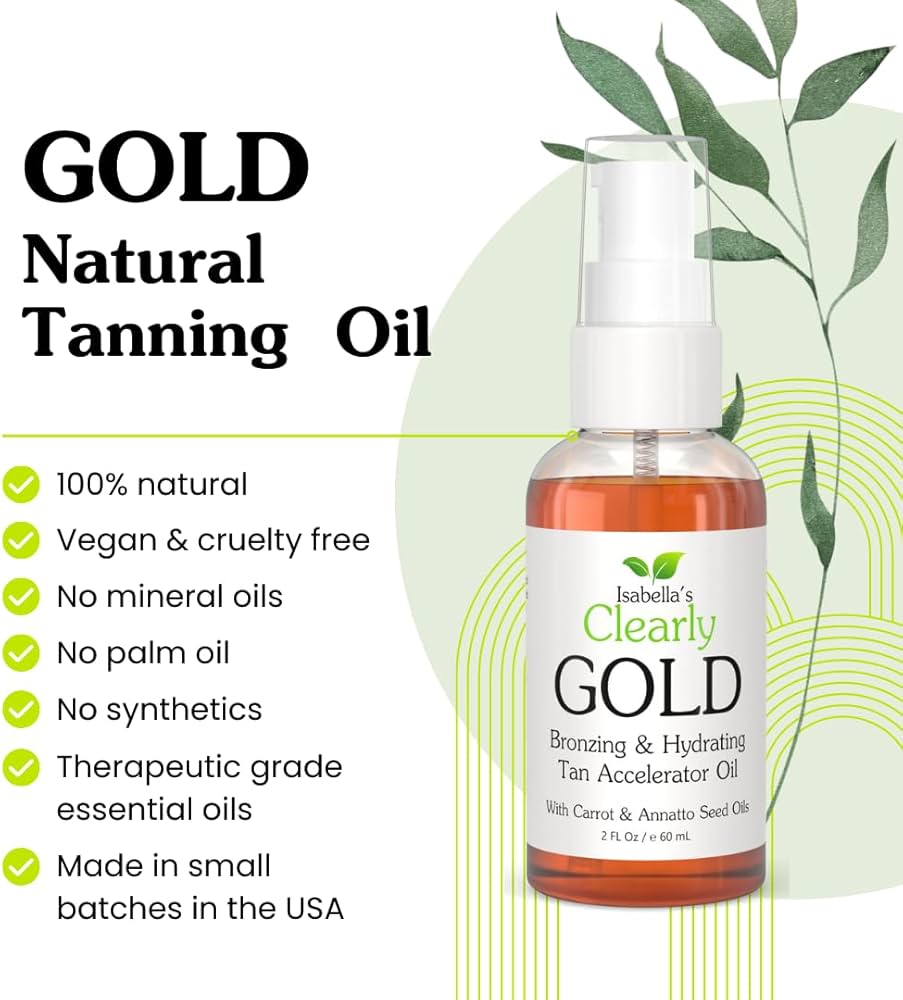
Benefits of Using Natural Tanning Oils
Ingredients like coconut oil, carrot seed oil, and aloe vera help moisturize and nourish the skin. Some oils may contain natural compounds that promote a healthy glow, making your tan look deeper and more even.
How Tanning Accelerators Enhance UV Absorption
Tanning accelerators often include compounds that stimulate melanin production, which helps your skin respond more efficiently to UV rays. While they do not replace sunscreen, they can complement your tanning efforts.
Safety Precautions When Using Tanning Products
Avoid over exposure accelerators speed up tanning but do not make your skin immune to UV damage.
Always perform a patch test before using a new product.
Most tanning oils do not contain SPF, so you should always pair them with sunscreen.
Tip 3 – Don’t Forget Sunscreen
Sunscreen is just as important on cloudy days as on sunny ones. UV rays can penetrate clouds, haze, and even some reflective surfaces. Protecting your skin ensures a safe, healthy tan.
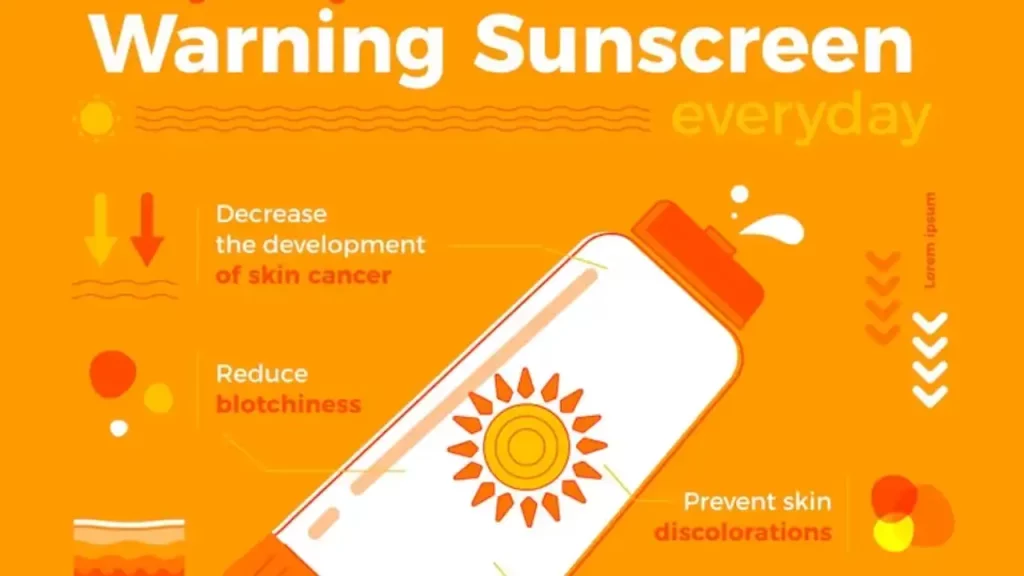
Why Sunscreen Is Still Crucial on Cloudy Days
Because UV rays penetrate clouds, you can still burn or damage skin even when it’s overcast.
Feeling cool or shaded can give a false sense of security—but your skin may still be absorbing UV UVA/UVB radiation.Why Sunscreen Is Still Crucial on Cloudy Days
Because UV rays penetrate clouds, you can still burn or damage skin even when it’s overcast.
Feeling cool or shaded can give a false sense of security—but your skin may still be absorbing UV UVA/UVB radiation.
Best SPF Range for Tanning Safely
SPF 15–30 is recommended for gradual tanning while still providing protection. Higher SPF can also be used for sensitive skin or longer sessions.
How to Reapply Sunscreen Properly
- Apply 15–20 minutes before going outside.
- Reapply every 2 hours, or more often if swimming or sweating.
- Cover all exposed areas, including ears, neck, hands, and feet.
Even when the day feels cool or cloudy, proper sunscreen application is crucial for skin health.
Tip 4 – Position Yourself Smartly
Where you position yourself can make a big difference, even on cloudy days.

Take Advantage of Reflective Surfaces
Sand, water, and even white surfaces reflect UV rays, increasing your effective exposure. These surfaces can help you achieve a more even tan while tanning on a cloudy day.
Choose an Open Area with Partial Sunlight
Being in a partially open area ensures you get consistent UV exposure. Avoid staying entirely in shade, as this will limit your tan development.
Rotate Regularly for an Even Tan
Changing your position every 15–20 minutes helps avoid uneven tan lines. Even on overcast days, rotating ensures all areas of your body get exposure and your tan looks uniform
Tip 5 – Hydrate and Moisturize
Hydration and moisturizing are key to a healthy, long-lasting tan.
Importance of Staying Hydrated During Tanning
Drinking water before, during, and after tanning keeps your skin healthy and supple. Hydrated skin maintains a better color and reduces the likelihood of peeling.
Use After-Tan Moisturizers
Applying a moisturizer with aloe vera, vitamin E, or similar ingredients helps soothe the skin and prolong your tan.
How Hydrated Skin Enhances and Prolongs a Tan
Moisturized skin retains pigment better, resulting in a smooth, even, and long-lasting tan. Neglecting hydration can lead to dry, flaky skin, which makes your tan fade faster.
Conclusion – Tanning Smart Even When the Sun Hides
Recap of Key Cloudy-Day Tanning Tips
- Understand that you can tan while it’s cloudy because UV rays still penetrate clouds.
- Choose the right time of day and check UV levels for optimal tanning.
- Use tanning oils or accelerators safely, and always pair with sunscreen.
- Position yourself smartly and rotate to ensure even coverage
- Stay hydrated and moisturized to enhance and maintain your tan.
Final Thoughts on Safe and Effective Tanning
Gradual, mindful tanning on cloudy days can provide a beautiful, natural glow while protecting your skin. Understanding how UV works and following simple precautions can help you achieve the tan you want safely
Encouragement to Tan Responsibly
Enjoy tanning on a cloudy day, even in locations like Benidorm in October, or when the weather is hazy or windy. By following these tips, you can achieve a healthy glow without compromising skin health. Remember, the key is balance: a natural tan plus proper protection equals long-term skin wellbeing.
| Question | Answer |
| Can I tan when it’s hazy or windy? | Yes, haze and wind do not block UV rays. You can still achieve a gradual tan on cloudy or windy days. |
| Do you tan when it’s cloudy? | Yes, UV rays penetrate clouds, allowing your skin to develop a tan, although more slowly than in direct sun. |
| Can you tan when it’s cloudy and windy? | Absolutely. Wind may make it feel cooler, but UV exposure continues, so tanning is still possible. |
| Is it safer to tan on a cloudy day than a sunny day? | It can be safer because UV intensity is lower, but protection is still necessary. |
| How long should I stay out for a tan on a cloudy day? | Exposure time depends on your skin type and UV intensity. Short, frequent sessions are best for gradual tanning. |
| Does sunscreen prevent tanning entirely? | No. Sunscreen reduces UV exposure but allows you to tan gradually while protecting your skin. |



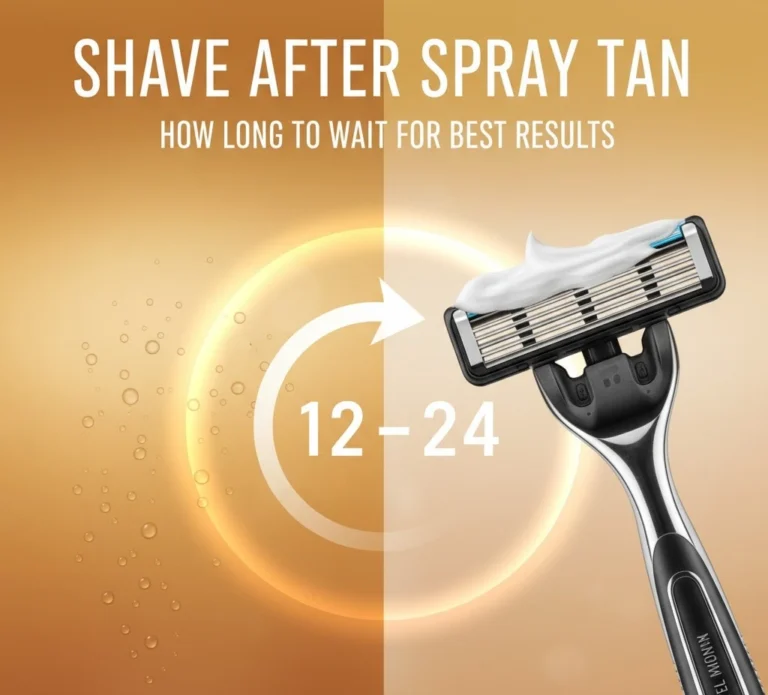
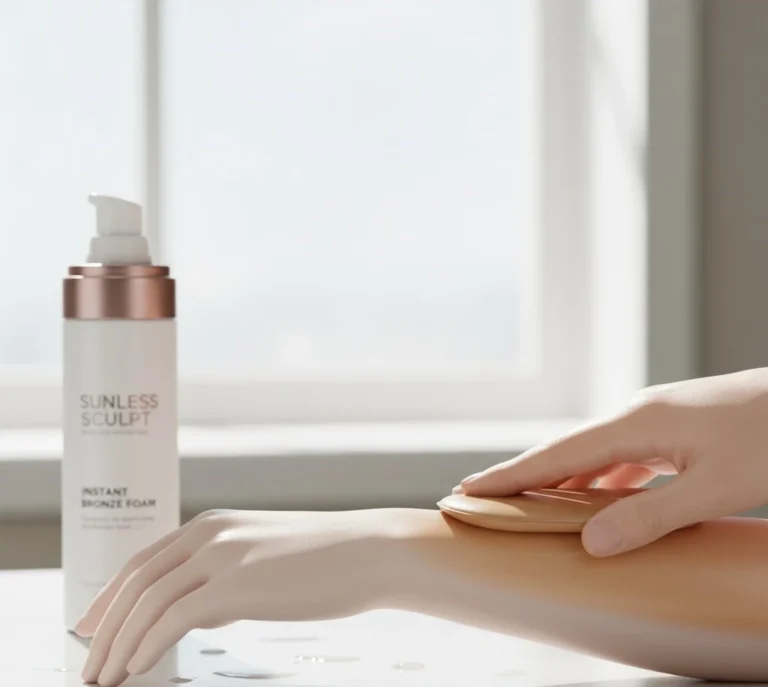



Cheers